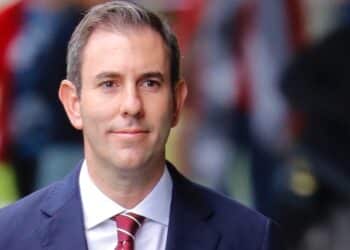Building contractor Robert Filippini has been trying to avoid the civil suit that the receivers of Keystone Asset Management launched against him for months, with the proceedings aiming to claw back $158 million.
Keystone is the responsible entity for the Shield Master Fund, the failure of which has become an issue of significant concern for financial advisers.
The latest effort was an attempt to use the likelihood of criminal proceedings being levied against Filippini and former Keystone director Paul Chiodo – who is also named in the suit – as a bulwark, with his lawyers arguing any defence against the civil suit could prejudice the potential criminal case.
However, on Tuesday, Federal Court Justice Mark Moshinsky ruled that, despite criminal proceedings indeed being a “reasonable possibility”, it was not grounds to stay the civil action.
Key to his considerations was the delay in recovering funds owed to creditors, finding that the potential difficulties the respondents may face as a result did not outweigh the detriment to Shield unitholders.
The lawsuit relates to payments made from the Advantage Diversified Property Fund (ADPF) – a wholesale property fund into which a large proportion of Shield’s funds has been invested – to City Built.
According to a Deloitte report, the ADPF transferred $158 million to City Built despite Filippini not holding a building licence until three months after ASIC had halted new investments in the fund and no formal contracts being in place.
The receivers have also previously obtained orders freezing funds sitting in bank accounts totalling approximately $110 million.
In a note to creditors on 12 May, Keystone’s receivers announced that the ADPF had been terminated, and they are “now taking steps to commence the wind up of the ADPF”.
The impact of the Shield collapse is something that, according to Financial Advice Association Australia’s Phil Anderson, advisers should be “rightly concerned about”.
“These two matters, which have achieved a lot of media coverage in the last six to 12 months, are Shield Master Fund and First Guardian Master Fund,” Anderson said last week.
“There are striking similarities between these two new matters, both involving the collapse of investment funds that appear to have been invested in property development, property loans and other business loans.”
Importantly, he noted, there is no clear understanding of exactly how large the losses in either Shield or First Guardian will be. All that is certain is that they have the potential to be “substantial”.
“Seemingly, many of the clients have ended up with a large percentage of their portfolio invested in either one or both of these funds,” Anderson said.
“Neither do we know the extent of the exposure of each of the licensees to each of these funds.”
He added: “We will need to carefully monitor the progress of the Shield and First Guardian matters to understand the likely impact on the CSLR; however, the warning sirens are certainly going off.”
ifa had flagged in September 2024 that the turmoil surrounding the Shield Master Fund could spell trouble for advisers.




Criminal proceedings are not just a possibility but an expectation. I am one of the 12000 is despair because of this mug